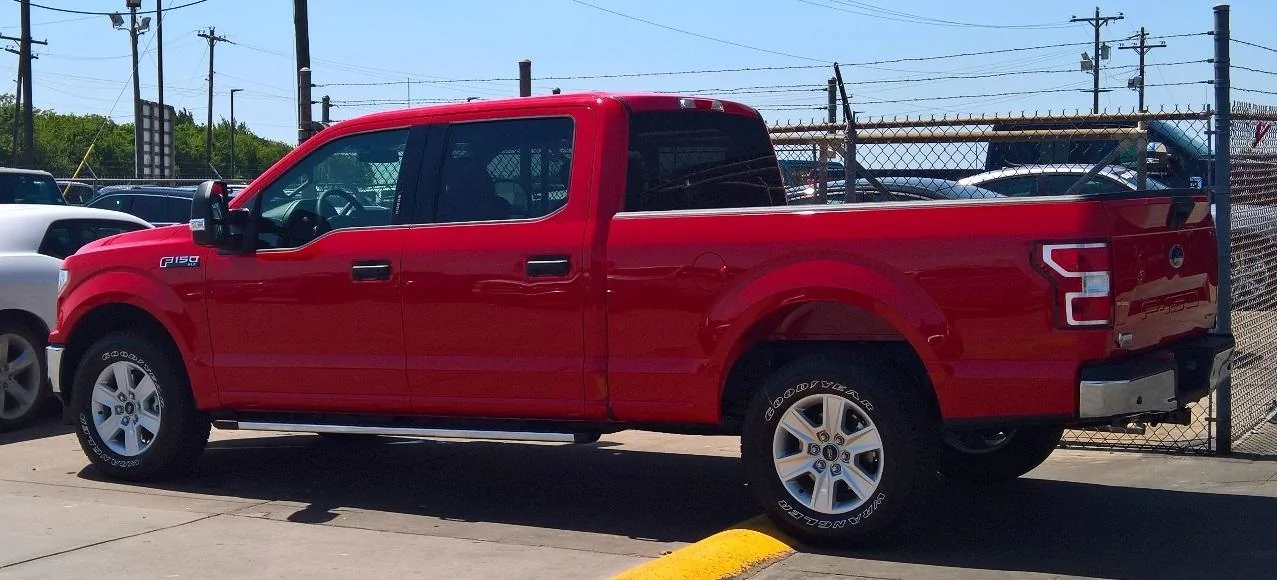Pedaldude
Well-known member
I would like to see how well Powerboost technology would work with the 6.2 V8 in the Super Duty, perhaps even as a plug-in hybrid.
As far as the Lightning platform, replacing the front drive motor with the 2.5Atkinson/Ecvt hybrid powertrain that they already have in stock would be an interesting experiment and while eliminating all complaints about range/charging, will likely never happen because hybrids are old news and not sexy anymore, not to mention no longer eligible for HOV lane exemption in most places or tax incentives. However, with current technological and infrastructure limitations, an ICE light hybrid would be more practical than a full BEV 1/2-ton truck.
Oftentimes, GAWRs combined exceed GCWR and that is why. Of course, other factors are involved but that's the simplified version.
As far as the Lightning platform, replacing the front drive motor with the 2.5Atkinson/Ecvt hybrid powertrain that they already have in stock would be an interesting experiment and while eliminating all complaints about range/charging, will likely never happen because hybrids are old news and not sexy anymore, not to mention no longer eligible for HOV lane exemption in most places or tax incentives. However, with current technological and infrastructure limitations, an ICE light hybrid would be more practical than a full BEV 1/2-ton truck.
GVWRs aren't just related to static load carrying ability, they need to accommodate dynamic factors and with a pickup truck; you never know what stupid things that an owner can do to poorly load the space provided in the bed. Since a lot of the Powerboost's extra dry weight is in a fixed position down low, the engineers likely decided it was safe to maintain a similar payload as the same lighter non-Powerboost configuration. Lower CG means less weight shift during braking and accelerating up hills, so they can treat dynamic load transfer differently....I can't find any documentation that accounts for what they did to achieve it. Same axle and leaf pack as the non-Powerboost. My only guess is that the battery storage area crossmember might have allowed for the frame to be specified to carry that additional GVW?
Without that #300 increase, you would have been 100#'s over?
Oftentimes, GAWRs combined exceed GCWR and that is why. Of course, other factors are involved but that's the simplified version.
Sponsored



